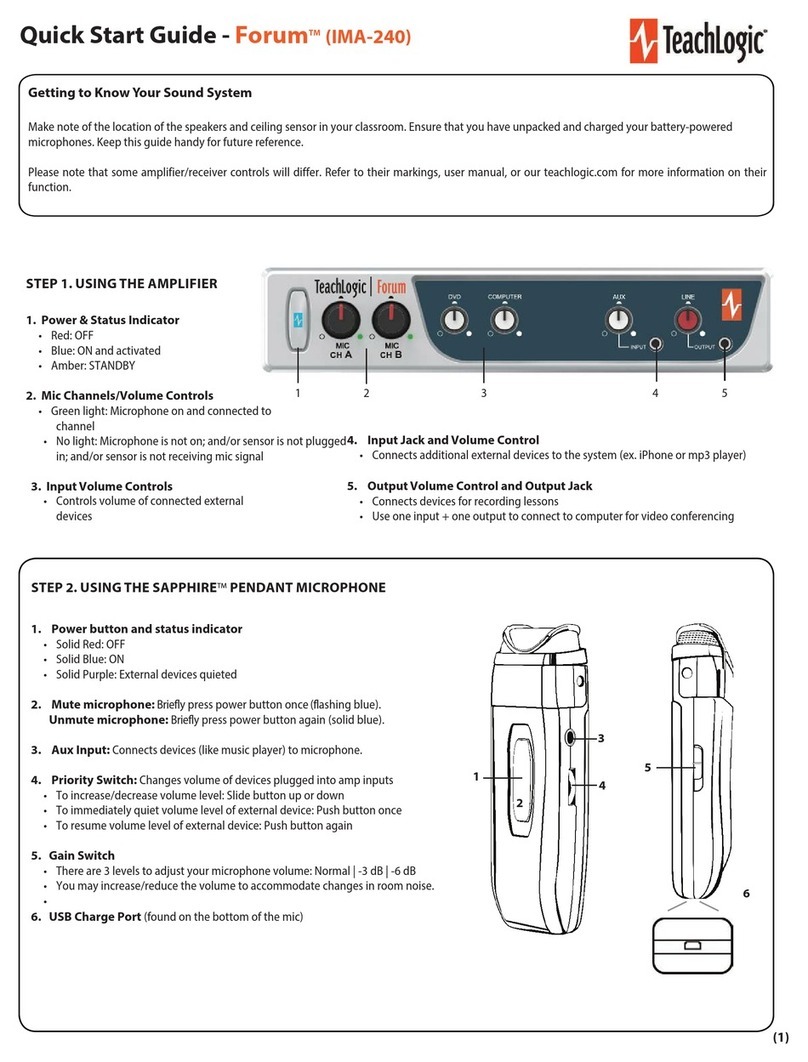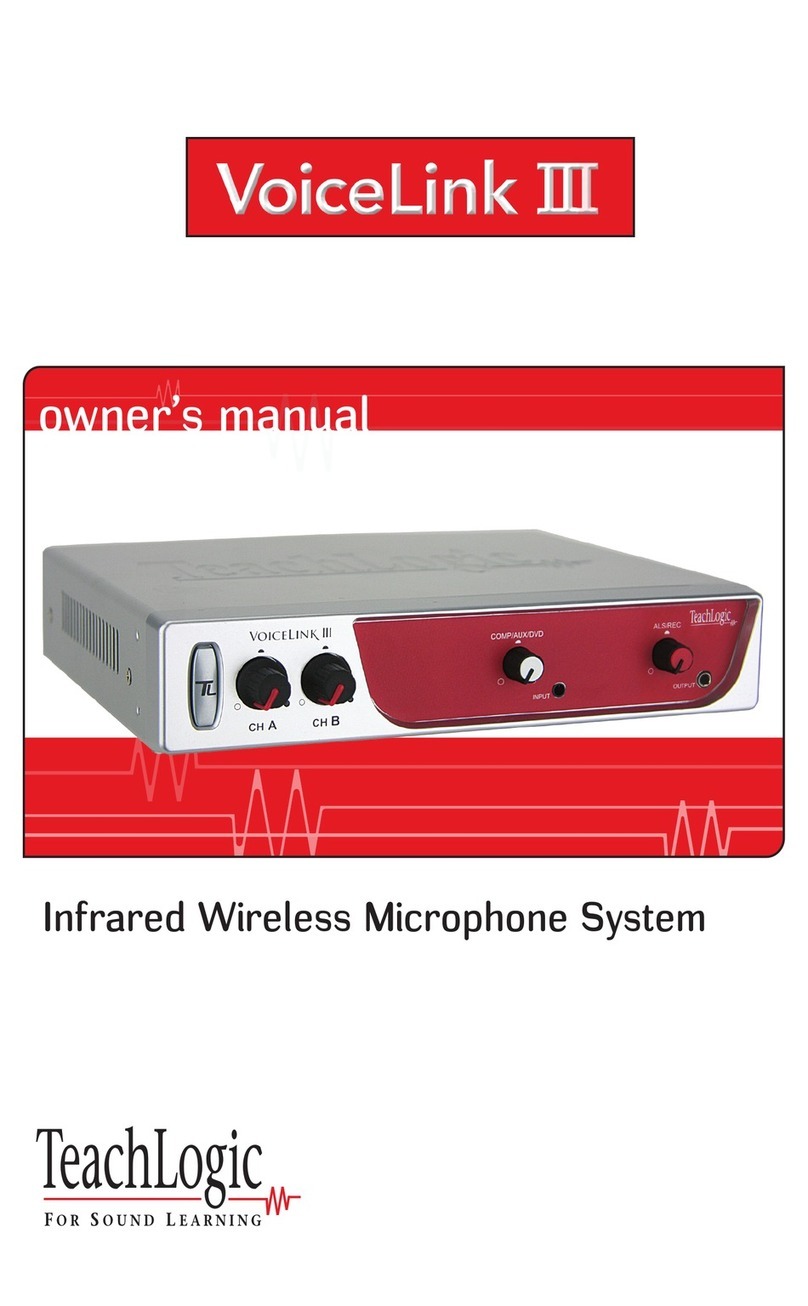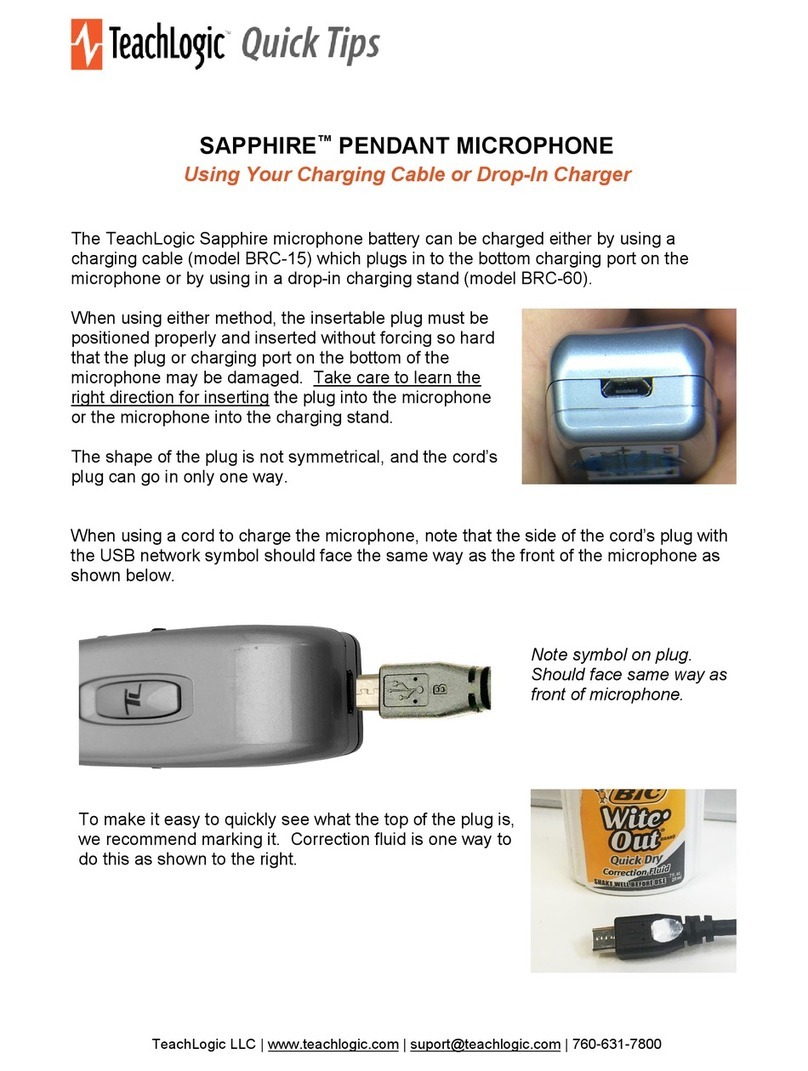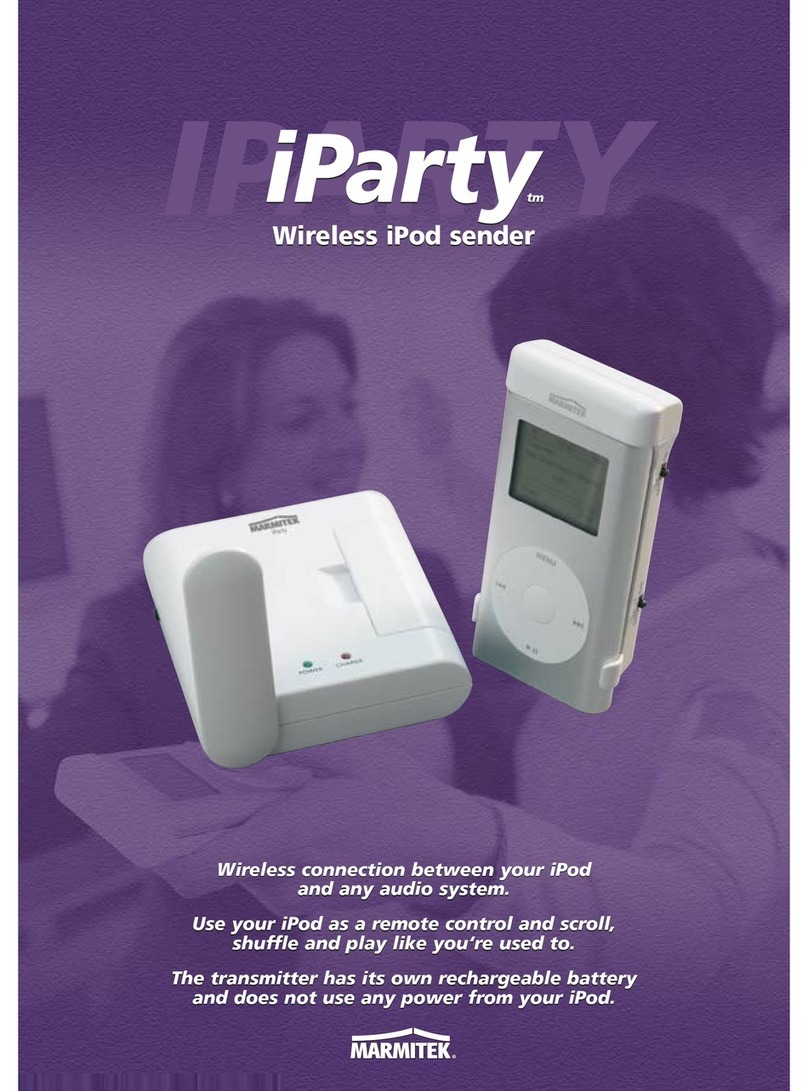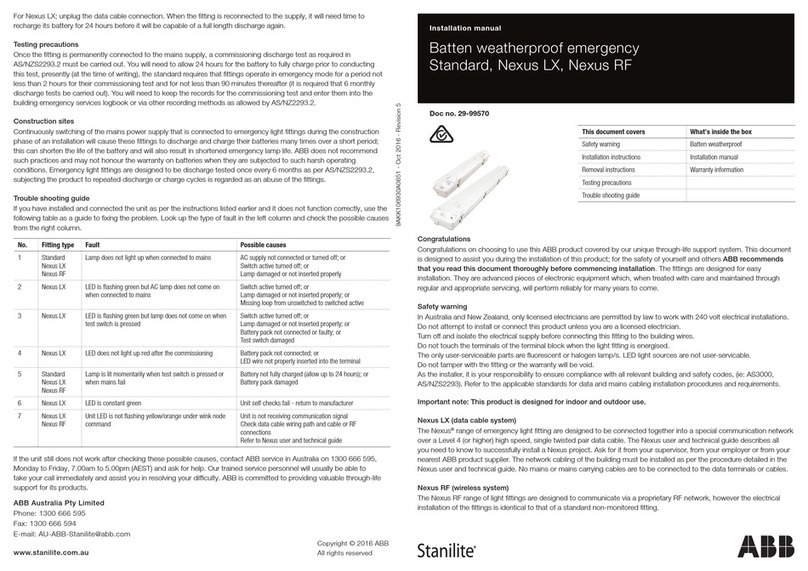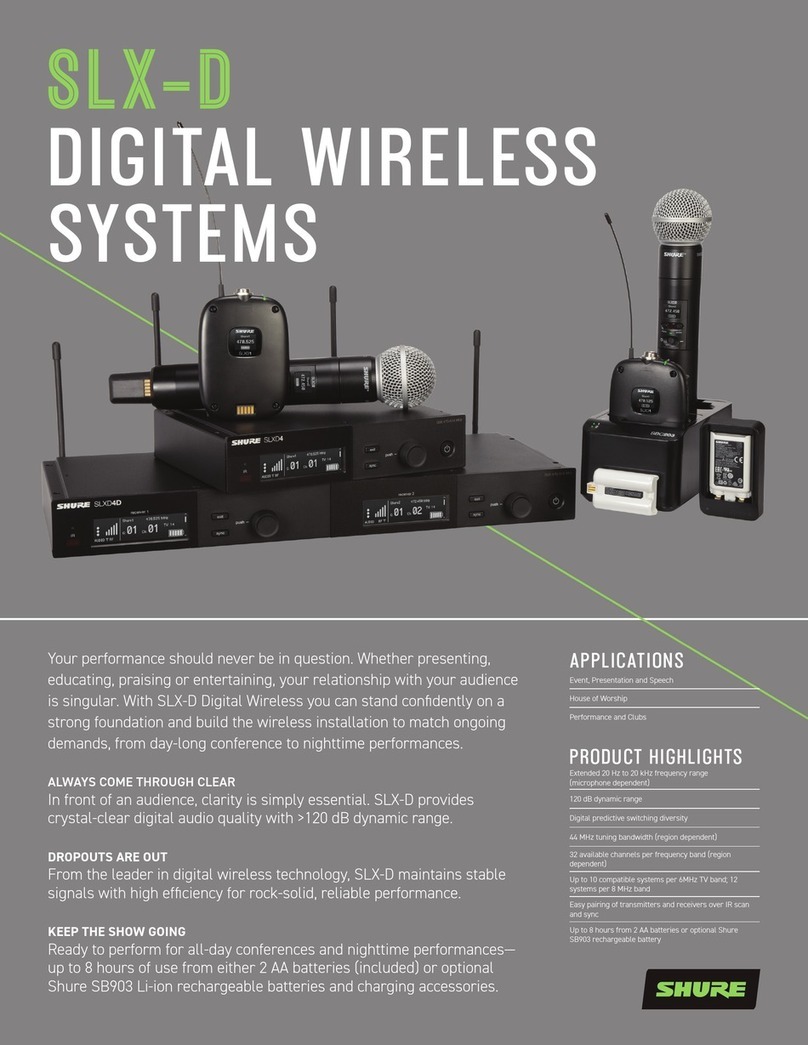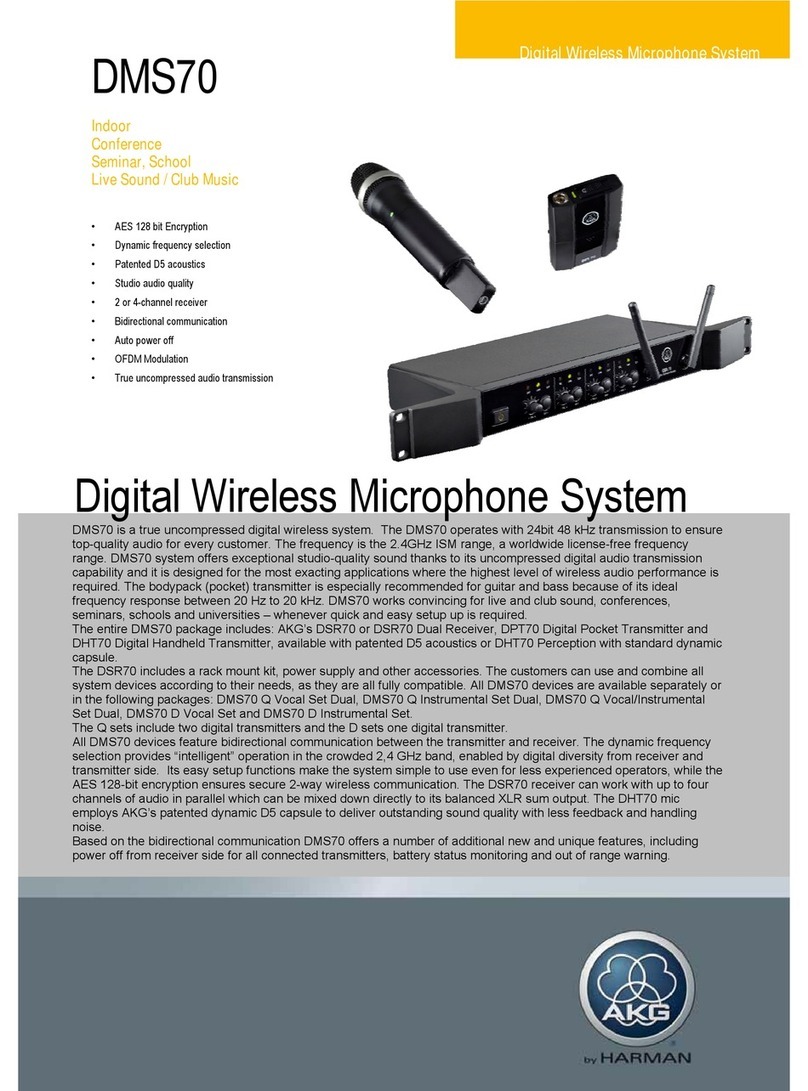TeachLogic VoiceLink I User manual




















Other manuals for VoiceLink I
1
Table of contents
Other TeachLogic Microphone System manuals
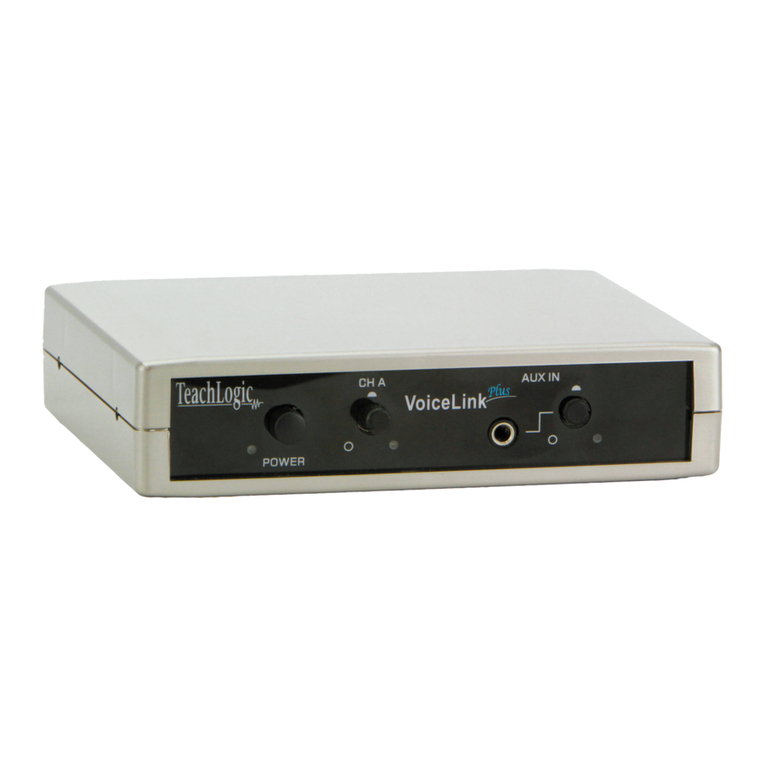
TeachLogic
TeachLogic VoiceLink Plus User manual
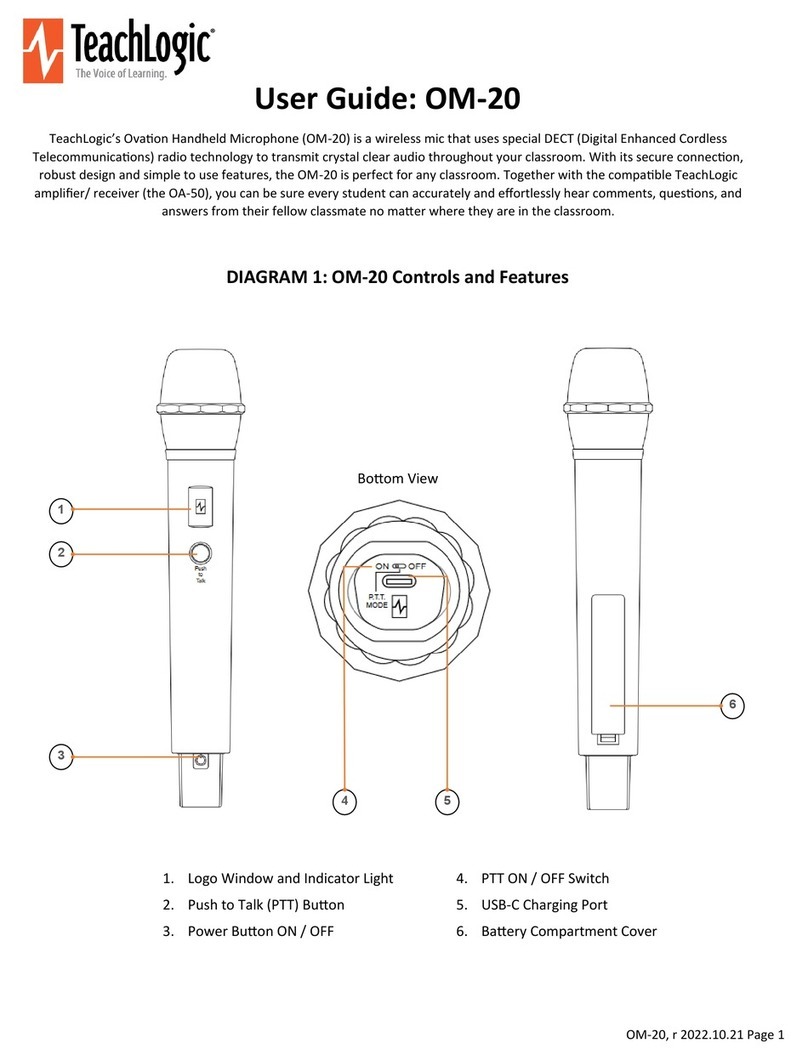
TeachLogic
TeachLogic OM-20 User manual

TeachLogic
TeachLogic QUANTUM II User manual

TeachLogic
TeachLogic Forum 232 User manual
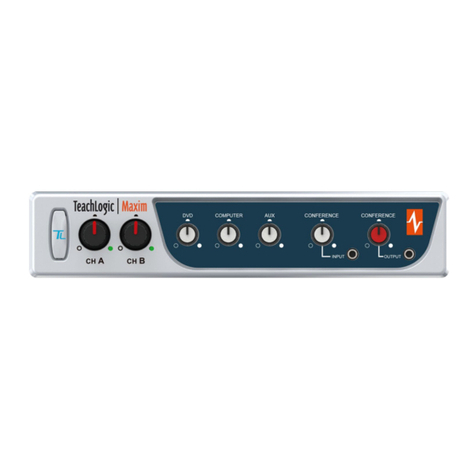
TeachLogic
TeachLogic Maxim IMA-540 User manual
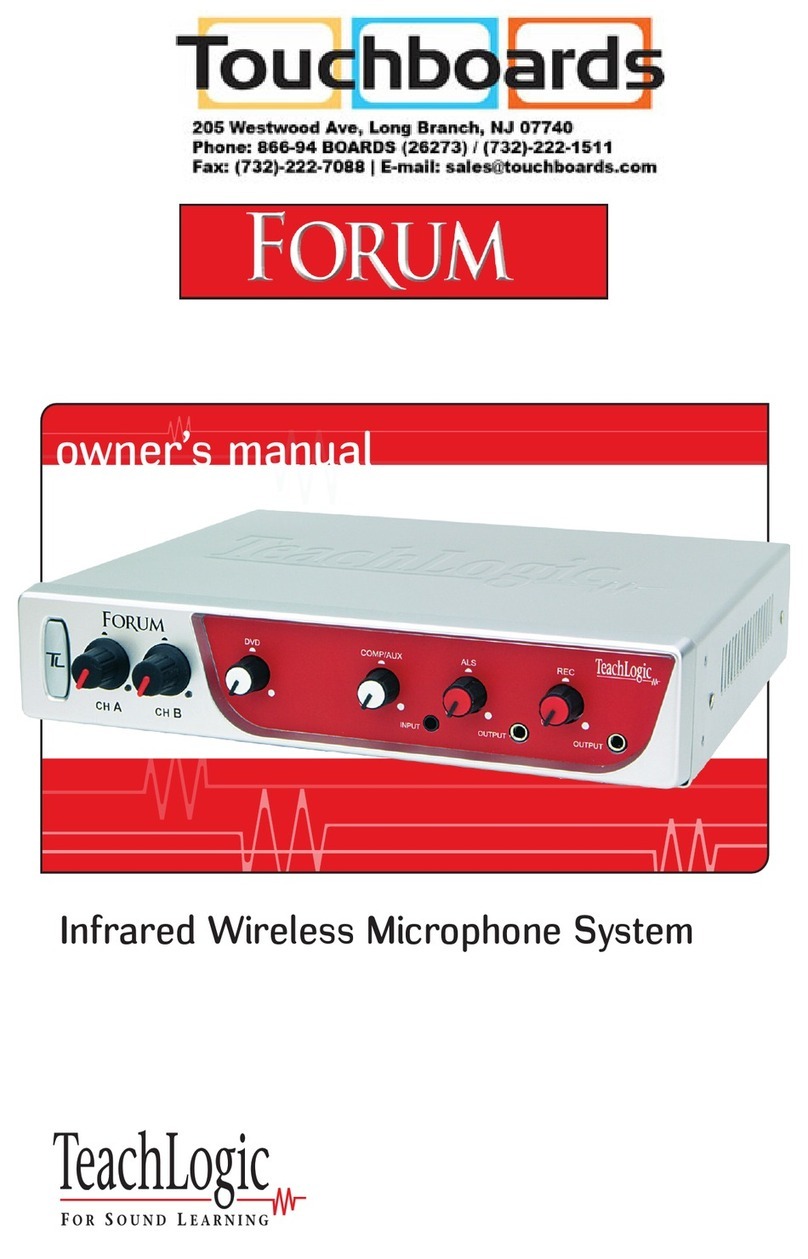
TeachLogic
TeachLogic IMA-320 User manual

TeachLogic
TeachLogic IRQ-3120 User manual
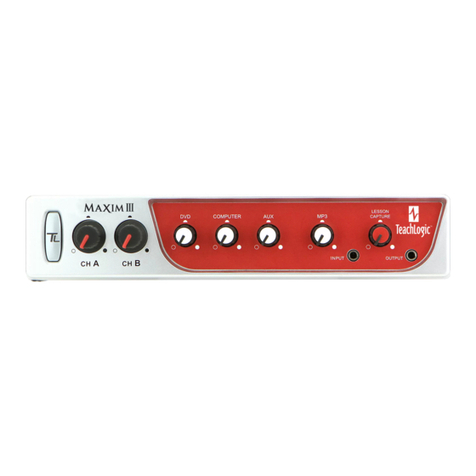
TeachLogic
TeachLogic Maxim III User manual
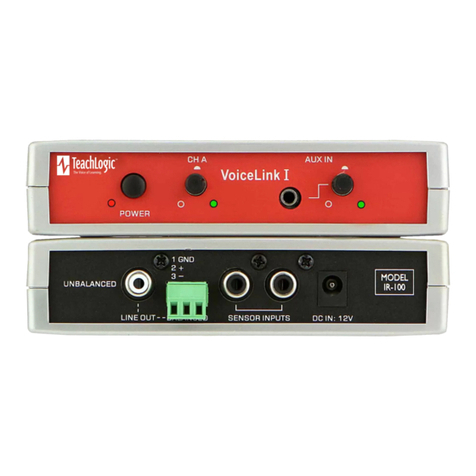
TeachLogic
TeachLogic VoiceLink I User manual
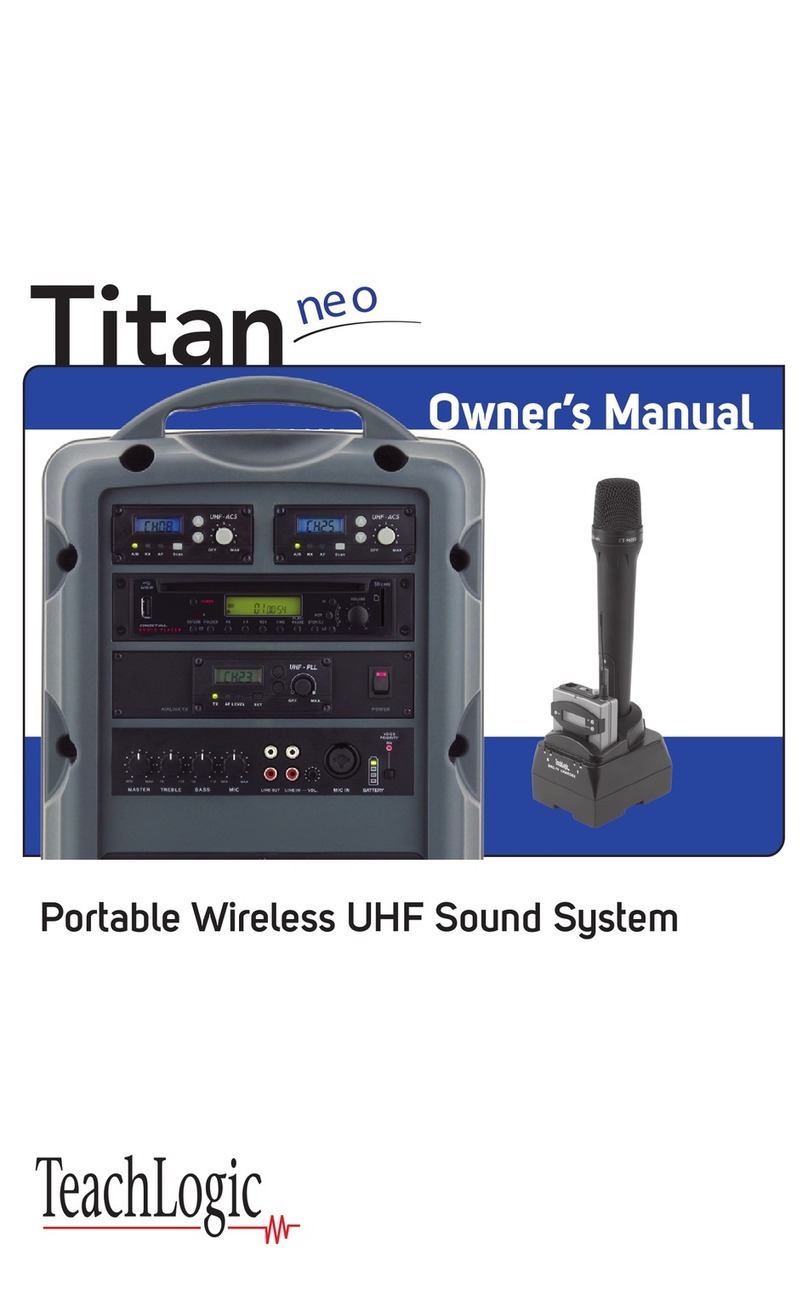
TeachLogic
TeachLogic Titan Neo User manual
Popular Microphone System manuals by other brands

Audio Technica
Audio Technica 200 Series Installation and operation

Shure
Shure VP owner's manual
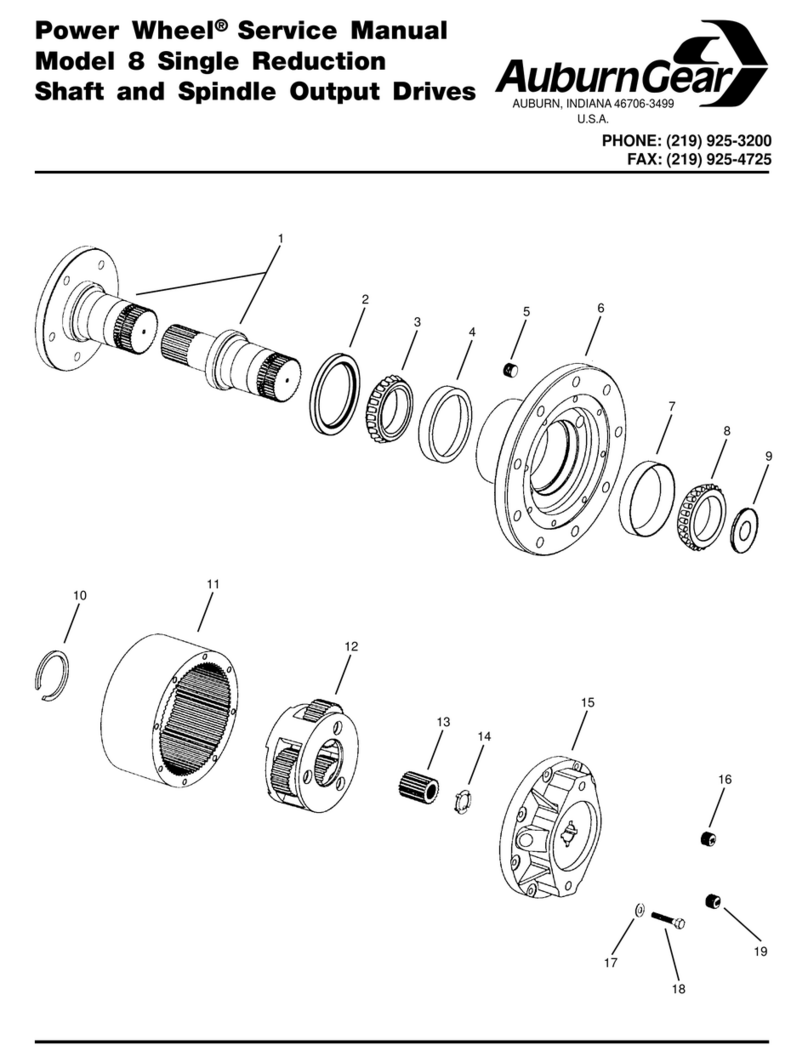
Auburn Gear
Auburn Gear Power Wheel Model 8 Service manual

Sennheiser
Sennheiser ew D1-835-S System manual

LYNXTechnik
LYNXTechnik Yellobrik OTR 1442 LC quick reference
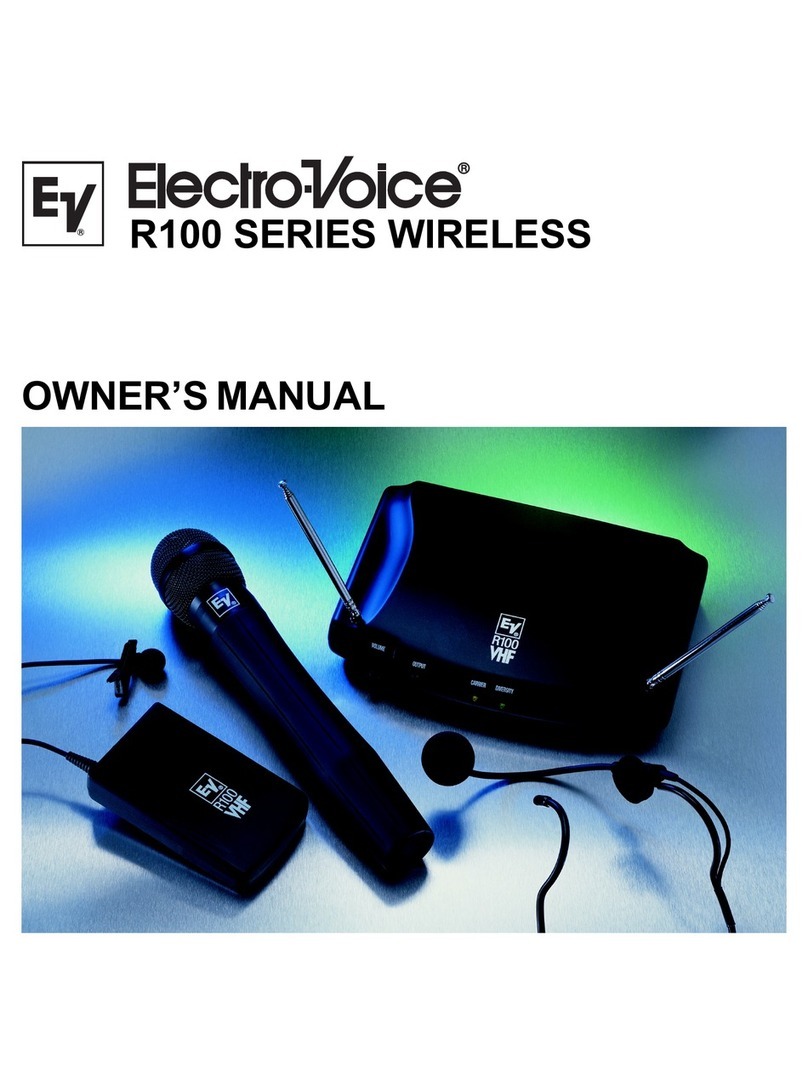
Electro-Voice
Electro-Voice R100 Series owner's manual

Galaxy Audio
Galaxy Audio ANY SPOT user manual

Telex Communications
Telex Communications Electro-Voice R200 Series owner's manual
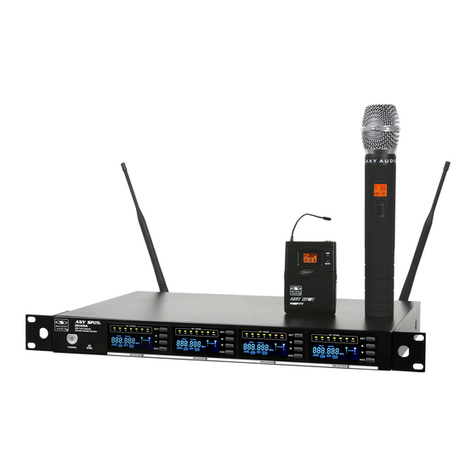
Galaxy Audio
Galaxy Audio DHXR4 quick start guide
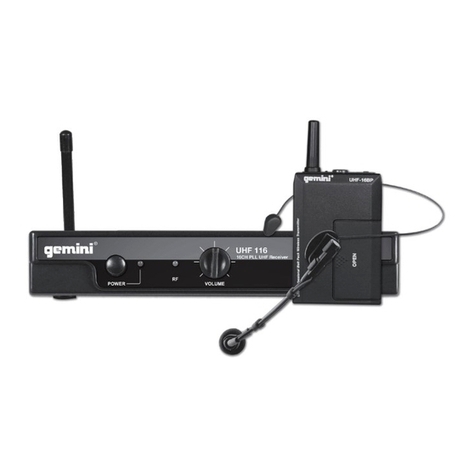
Gemini
Gemini UHF-116HL Operation manual
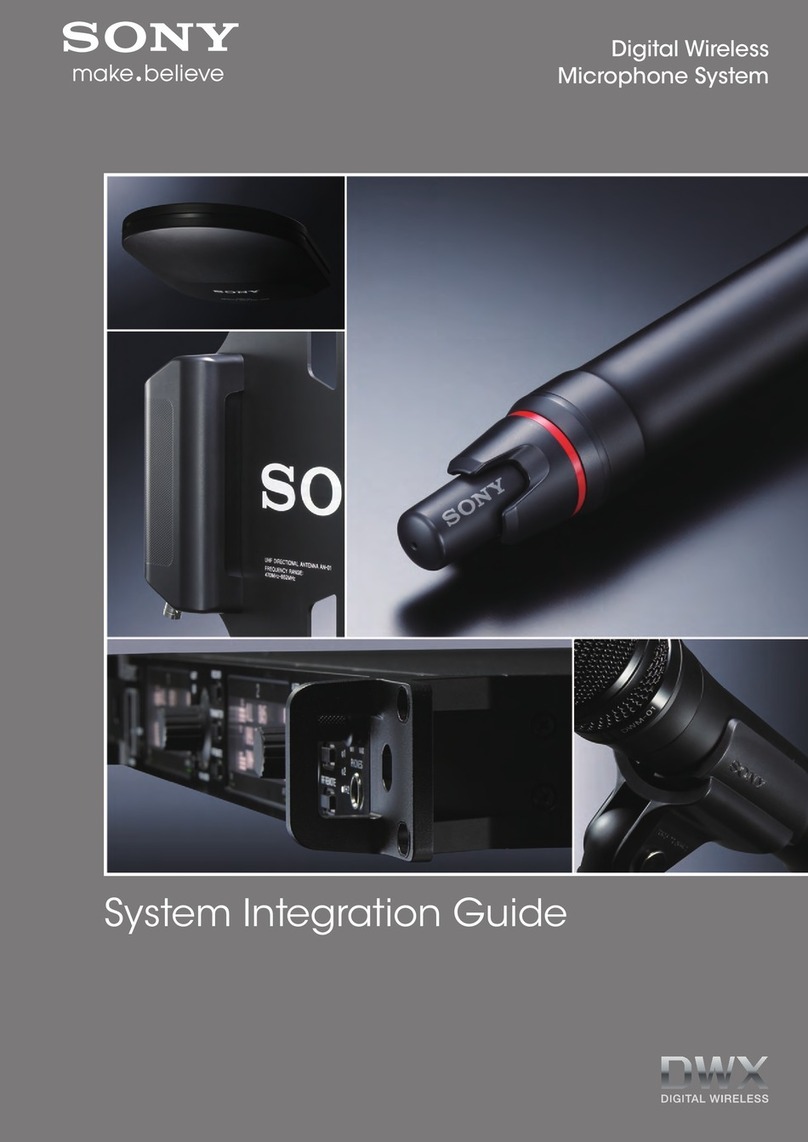
Sony
Sony DWM02/14 Product information
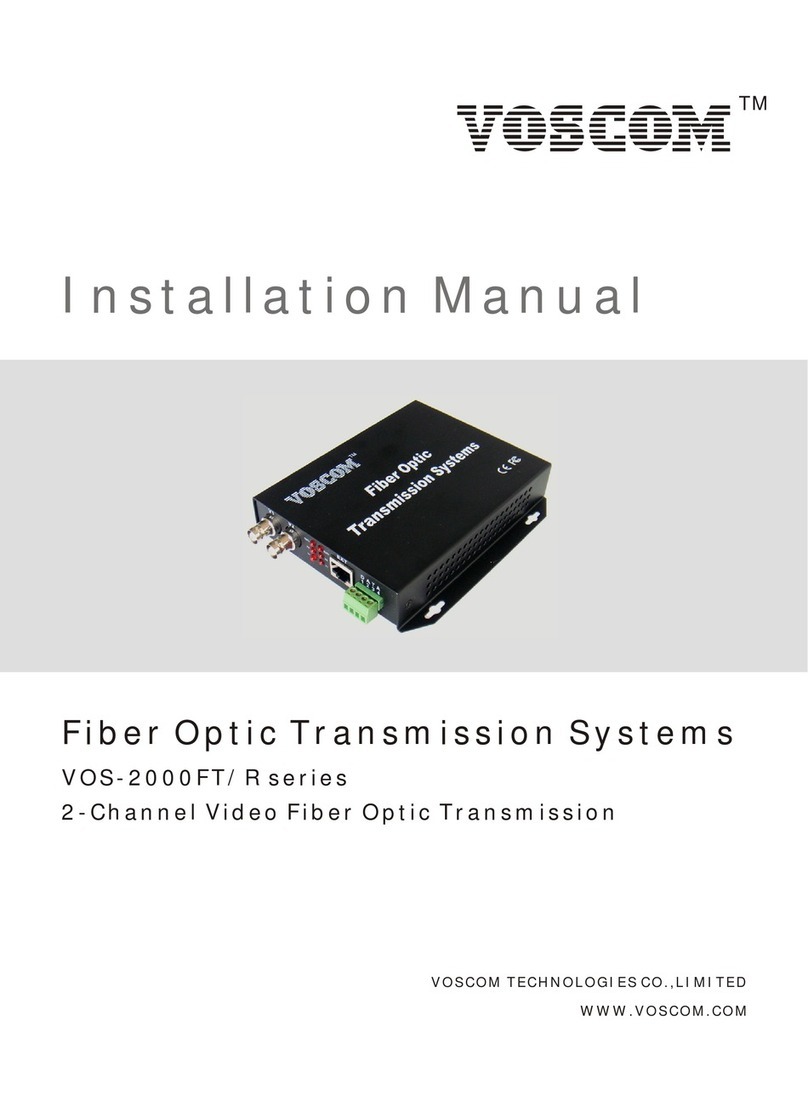
Voscom
Voscom VOS-2000FT Series installation manual
